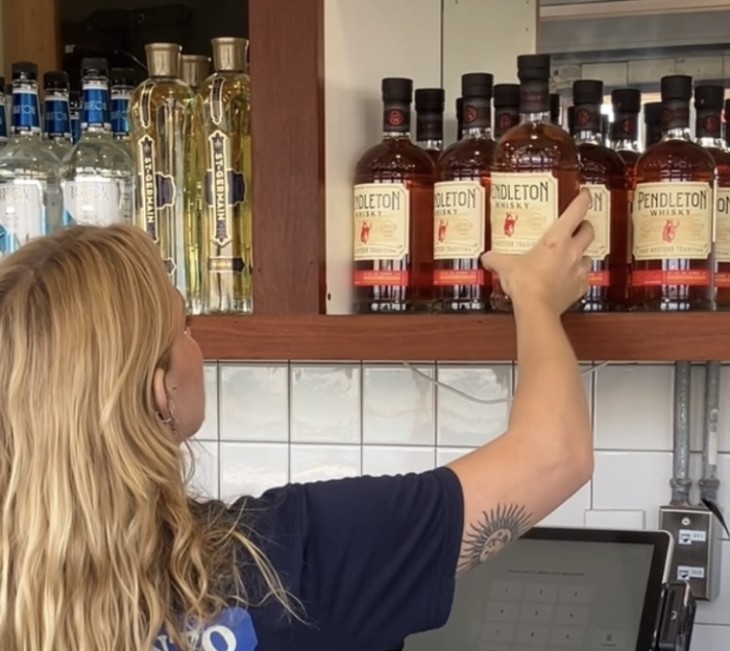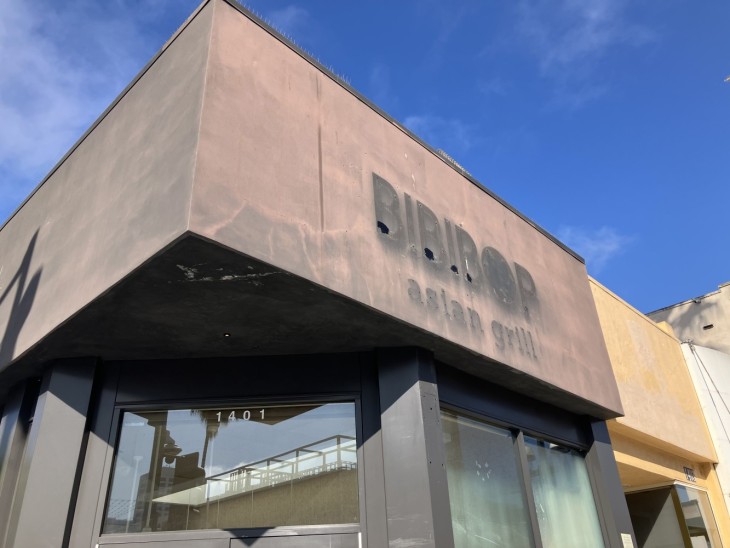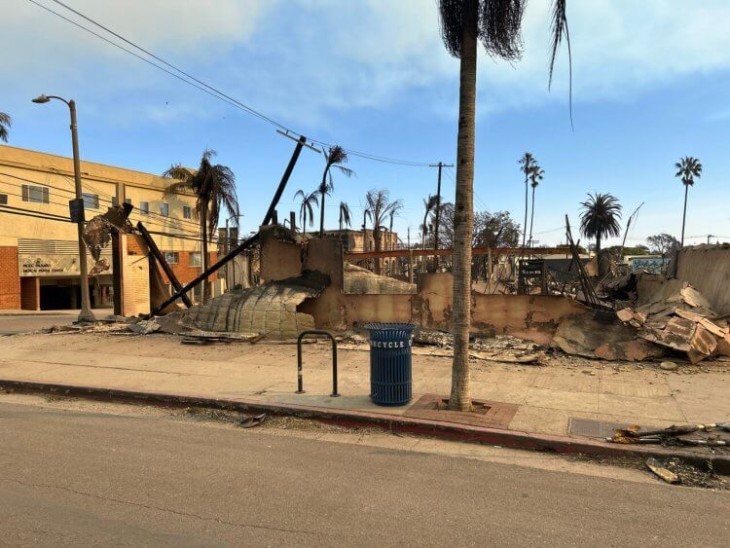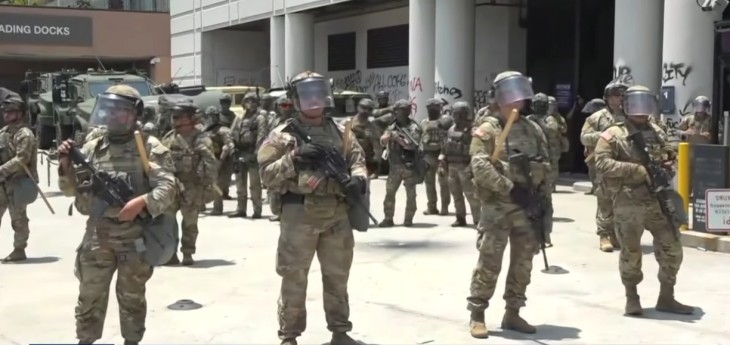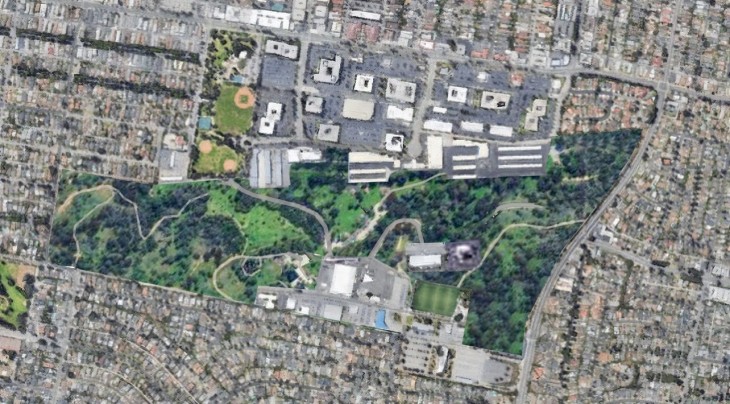
The cost of housing in a capitalist society is primarily determined by who owns it. While housing can be bought, sold, or leased according to certain constraints, fees, and changing tax laws, the principal agency still remains with the owner. For example in Santa Monica, while the owner can only raise the rent each year of a rent controlled apartment by a percentage established by the Rent Control Board, when the tenant moves out the owner can raise it to whatever they want consistent with the marketplace demand of that unit. Naturally the for-profit owner will normally raise the rent as high as possible because the building’s value is primarily determined by its gross income so its appreciation and operational profit depend essentially on maximizing rent. For-profit owners thereby treat their units and buildings as a commodity, e.g. a standard product that can be bought, sold or leased, no different from say speculating on agricultural futures although with less volatility. Commodities are designed for speculation. Their owners, whether individual or corporate, hope they will appreciate and real estate appreciation is the traditional way of wealth accumulation for most American families and many of our wealthiest moguls. However, housing speculation has had a tremendously negative effect on Santa Monica’s housing affordability.
Supply and Demand will not help
Most people assume the marketplace is competitive: e.g. renters, which are 72% of Santa Monica’s population, shopping for housing can theoretically find a variety of prices and bedroom count at prices related to their income. But the Santa Monica marketplace is not competitive for our residents. We live on the wealthy west side of Los Angeles, and there is always a wealthier tenant wanting to live by the beach and capable of out “bidding” the typical middle-income tenant, not to mention seniors on limited incomes. Likewise AirBnB tourists will also continually outbid the local residents for that same bedroom. Over time a shrinking percentage of units will be affordable to a wide spectrum of renters and not be subject to hyper-rent inflation. Most will experience runaway rent increases escalating faster than incomes, relentlessly displacing more modest earning tenants. Building more (e.g. relying on supply and demand) new units that cost typically $600-700,000 each, does not help because the cost of those new units requires that they have a priori rents higher than the median-income resident can afford. In addition, in spite of all the recent construction, vacancies have flatlined at about 4000 units for the last few years but most of these units are not affordable. Clearly the marketplace is not competitive when about 9% of the units are vacant (when the normal residential vacancy rate is 3-5%) and while simultaneously the streets are awash with the homeless.
It does not make a difference if you are a mom and pop landlord saving for retirement or an international corporation or Real Estate Investment Trust trying to maximize profits for remote stockholders, you are both speculating in the same distorted marketplace. Thus over the last 40 years we have created a barbell City: a bunch of wealthy tenants at the upper end and a few residents at the low end in rent controlled apartments. The combination of vacancy decontrol and steady production of new upper end housing has hollowed out the middle income residents of our City and can be described as a gentrification machine. Needless to say the same process that flushes middle income residents out of the City also prevents those residents from buying and gaining ownership of any property at all. This is not an argument against wealth, we should all have some, but for being aware that the system we live in, is not fair to 44% of our renter households that pay more than 30% of their income to live here. In other words we do not have a housing production crisis but a housing affordability crisis.
Three things that create more affordable Housing
Essentially three things increase housing affordability and its sister diversity, absent a major across the board wage increase (particularly the minimum wage):
1.SUBSIDIES of all kinds (using City lands, section 8 vouchers, rent control, City sales tax dedicated to housing, tax credit syndications, etc., etc.) to build or rent deed restricted affordable housing. This requires a BIG cash subsidy but it absolutely delivers affordable housing. OR
2. DISTANCE e.g. dislocating residents out to where land is cheap (San Bernardino, Lancaster etc.) where you can buy a house for say $400,000. This is fake affordability since those displaced pay for their cheap homes often by commuting long distances unless they can work remotely. Needless to say moving jobs to where people want to live (in the periphery) is never discussed because the speculation returns are substantially greater at the central nodes. OR
3. POPULATION ALTERATIONS This can be either doubling up by cramming more people into fewer bedrooms or conversely mass emigration such as for example Cleveland which lost about 50% of its population in the last 50 years so there is plenty of cheap housing there. Just increasing density by up zoning does not lead to affordability increases, because it provides many upper-end market rate units for very few affordable units. Population alterations is an unstable temporary affordability “solution” caused by some kind of one off job boom such as WW2 (unlikely again in SM’s case) or an earthquake disaster (possible in SM’s case) or conversely when housing completely exceeds residents as in the depopulation of the Rust Belt or during pandemic flight.
Decommodifying Housing
All other development mantras such as transit oriented development, inclusionary housing, making the R-1 zone multifamily are all approaches that just speed up the gentrification machine by facilitating speculation. Remember speculative developers will only build where they can make substantial profits therefore they never voluntarily build affordable housing because there’s no profit there. So the most productive way to increase housing affordability is to figure out how to get the funds to move as many housing properties (rental and ownership) from being speculative commodities into the hands of those who don’t need to speculate.
For example if permanently deed restricted affordable rental housing is built on surplus City land, it is much more affordable because the land is “free” but is still owned by the City. This land subsidy makes the starting rent lower and its public non-speculative ownership removes the need for speculative future rent increases that outstrip tenants’ income increases. In other words housing can become a service like the publicly owned water system instead of a form of colonialism for renters.
A limited equity housing cooperative is essentially a collectively owned building whose owners agree to limit the equity each owner can extract when they sell their unit back to the cooperative when they leave. They get a specified limited return on their initial investment, and this group of owners gets assurances that that unit will still be affordable for the next “owner”.
Finally the City’s non profit housing providers such as Community Corp, which manages about 90 buildings housing with 1800 units for about 4000 residents (4% of SM’s population) is another example of non speculative ownership providing price stability for renters.
These ways of transferring ownership to stable communities of local owners who are vested in keeping their properties affordable for future residents is called decommodifying housing. Essentially by giving up the ability to make massive speculative profits, you remove the terror of explosive rent increases for tenants or the real fear of never owning any property at all for potential buyers. But this “loss” gives the neighborhoods long term stability because any tenant income increases are more aligned with modest rent increases caused by inflation. It is also the only permanent solution for housing the homeless: since you can’t speculate on those who have nothing.
You still need the same start-up construction or purchasing funds to build or buy into these arrangements, but their rollout is much different from being on the speculative treadmill. The construction costs of these affordable projects cost are the same as building market rate projects, but while the latter lead to massive gentrification, the former lead to permanent stable and affordable communities. Decommodifying housing requires giving up some speculative potential profits, but gives you community and affordability. We think this trade off is worth it rather than going farther down the failed speculative road that got us into the affordability crisis to begin with. By doing so we may be able to open up our city to the wide diversity of Los Angeles. A diversity that is the foundation of a healthy and thriving community.
By Mario Fonda-Bonardi for S.M.a.r.t Santa Monica Architects for a Responsible Tomorrow
Thane Roberts, Architect, Robert H. Taylor AIA, Ron Goldman FAIA, Architect, Dan Jansenson, Architect, Building and Fire-Life Safety Commission, Samuel Tolkin Architect, Mario Fonda-Bonardi, AIA, Planning Commissioner,
Marc Verville CPA Inactive, Michael Jolly, AIR CRE.
For previous articles see www.santamonicaarch.wordpress.com/writing




